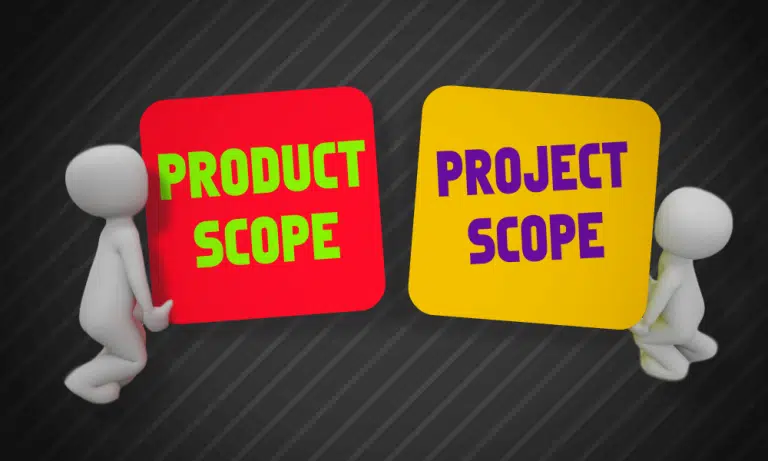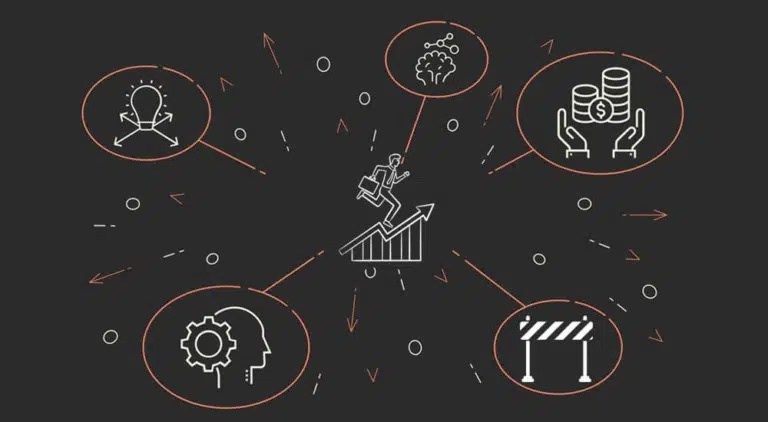Today’s topic is scope creep vs gold plating.
Let’s start with an example.
Assume that you are managing a project, and during the project execution, your team adds, or the client asks for a few extra functions and features, either knowingly or unknowingly. These changes were not laid out in the original scope statement.
These small and incremental changes will impact your project’s cost baseline and schedule baselines.
This unacceptable business practice is known as scope creep or gold plating, causing changes to the project scope or the final product. However, the mechanism of these changes is different in each case.
These are important concepts, and many PMP aspirants confuse the two or underestimate their negative cumulative effect. So, I am describing and differentiating between them in this blog post and hope you will have a better understanding after reading it.
Let’s get started.
Scope Creep vs Gold Plating
Scope creep, and gold plating cause changes in scope and can affect your project objectives.
Scope Creep
Scope creep refers to uncontrolled changes in scope. This can be because of interference from the customer or a misunderstanding by the project management team. One small creeping change begets another small change, and before you know it, the scope has expanded way beyond the original agreement.
That scope can be the product scope or project scope.
Scope creep is also known as requirements creep. It occurs due to the following reasons:
- Interference from the client.
- An incomplete scope statement.
- A poor change control system.
- Miscommunication among the team members.
- Reasons external to organizations: e.g., market conditions, regulatory requirements, or technological advancements.
- Insufficient monitoring of project activities.
Scope creep negatively affects project objectives when changes are made to the product or project without thorough analysis. This can create issues in later stages, and you might be forced to implement more changes to cover up those made in earlier stages, hence the creep.
Remember that any change that passes through an integrated change management process is not scope creep. In most cases, you simply incorporate the change and adjust other project objectives to accommodate it: for example, updating cost or schedule baselines due to a change.
Scope creep occurs when the scope of a product is changed, but the budget and schedule remain unchanged. The changes occurred, and you did not perform any impact analysis.
Scope creep can cause a cost overrun or schedule delays. You may have problems with completing your project if you do not control the scope creep. In severe cases, your project may be terminated.
Example of Scope Creep
Suppose you are building a hundred-foot wall. The client approaches your team members and asks them to increase the wall length by one foot. Your team members think they have enough waste material, and one extra foot of wall length won’t make any difference. Therefore, they add the extra length without informing the project manager. They did not analyze the change’s impact.
How to Avoid Scope Creep
Following these guidelines can help you avoid scope creep:
- Never allow changes without proper review.
- Establish a communication channel between the client and you.
- Don’t let the client speak to your team members unless it is required.
- The scope statement should be thorough and well communicated to stakeholders.
- Establish a robust change control system.
- Encourage open communication within the team.
- Monitor the project’s progress closely.
Gold Plating
Gold plating refers to adding extra features that were not part of the product scope.
The project team performs gold plating at no additional cost to the client, thinking it’s no big deal. They do it with good intentions, and the client may appreciate it.
However, it can backfire because you have added new features to the product without the client’s approval. The client may consider this as an unauthorized change in the scope and might refuse to accept the product.
Gold plating is a common problem in software industries.
Causes of Gold Plating
The following are a few causes of gold plating:
- It is done to make the client happy.
- Team members may add extra functions to gain recognition for their ability.
- A project manager may add extra functions to earn credit with the client.
- Sometimes it is performed to divert attention from defects.
Gold plating may sound like great customer service, but it is bad for the project. Gold plating can increase the cost and risk and delay the schedule. It increases the client’s expectations. Next time, they will expect you to deliver more than agreed upon in the scope statement, and when they don’t get it, they’ll be disappointed.
Example of Gold Plating
Suppose you are developing software for a client. A programmer comes to you and says she can add some extra features to the program with almost no effort. This will increase the product’s functionality, and the client will like it. You agree and allow her to implement the change with no review. This may seem like a good idea at the time, but are you prepared to keep adding extra features with every project?
How to Avoid Gold Plating
Avoiding gold plating is easier than avoiding scope creep. Below are a few guidelines to help you avoid gold plating:
- Never allow the team members to add extra features to the product without approval.
- As a project manager, just avoid it.
- Establish open communication lines within the team.
You must monitor the scope baseline for any slippage. Control the communication and review every change request. Do not implement the change unless the concerned authority approves it.
Difference Between Scope Creep and Gold Plating
- In scope creep, extra features are added due to miscommunication and without reviewing the change impact.
- In gold plating, team members add features to make clients happy.
- The scope baseline is changed in scope creep, but in gold plating, it does not.
Summary
Changes happen all the time in projects. These changes may or may not seem negative; however, they fall under the “undesirable” category. These are uncontrolled changes, and you must keep them from happening. Managing scope creep and gold plating is a key part of scope management.
Avoiding scope creep and gold plating is easy if team members are disciplined and follow the ground rules.
I hope this summary of scope creep vs gold plating is helpful.
Have you witnessed scope creep or gold plating in your project? Please share your experiences in the comments section so other professionals can learn from them.
This topic is vital from a PMP exam point of view. You can expect to see at least one or two questions in your exam on this topic.

I am Mohammad Fahad Usmani, B.E. PMP, PMI-RMP. I have been blogging on project management topics since 2011. To date, thousands of professionals have passed the PMP exam using my resources.







